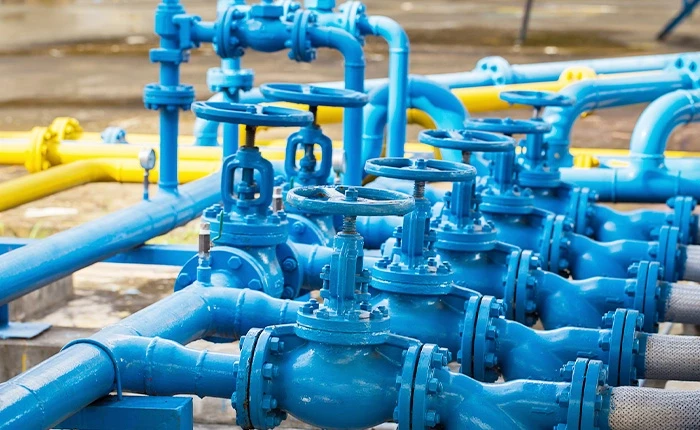ಡಿಸೆ . 07, 2024 05:46 Back to list
type of water valves
Types of Water Valves An Overview
Water valves are essential components in plumbing and irrigation systems, serving the critical role of controlling the flow of water. These devices come in various types, each designed for specific applications and functionalities. Understanding the different types of water valves is crucial for homeowners, plumbers, and engineers alike, as each valve type has its advantages and ideal use cases.
1. Gate Valves
Gate valves are widely used in water supply systems due to their ability to provide a straight-line flow of water with minimal resistance. They operate by lifting a gate or wedge out of the path of the water flow. While gate valves are excellent for fully opening or closing the flow, they are not suitable for throttling or regulating flow, as doing so can lead to wear and tear. They are often used in applications where a tight seal is required, such as in water mains or drainage systems.
2. Globe Valves
Globe valves are designed for throttling flow, making them ideal for applications where precise flow control is necessary. The valve features a spherical body with an internal baffle that directs flow, allowing for a greater surface area to control water pressure and flow rate. Globe valves are commonly used in water treatment plants and industrial applications due to their excellent sealing capability and ease of operation.
3. Ball Valves
Ball valves are known for their sturdy construction and reliable performance. They consist of a hollow, perforated sphere (the ball) that rotates within the valve body to control flow. When the ball is aligned with the flow, water passes through; when it is perpendicular, the flow is blocked. Ball valves are favored in applications requiring quick shut-off and are commonly used in residential plumbing, irrigation systems, and gas lines.
type of water valves

4. Check Valves
Check valves are crucial for preventing backflow in plumbing and irrigation systems. They allow water to flow in one direction and automatically close if the flow reverses, protecting the system from contamination and damage. Check valves come in various designs, including swing check valves and ball check valves. They are widely used in sump pumps, water pipelines, and sewage systems to ensure no backflow occurs.
5. Pressure Relief Valves
Pressure relief valves are vital for protecting systems from excessive pressure buildup, which can lead to catastrophic failure. These valves automatically open when the pressure exceeds a preset limit, allowing excess water to escape and maintaining safe operating conditions. They are commonly used in hot water systems, steam boilers, and other pressurized applications. Regular maintenance of pressure relief valves is essential to ensure they function properly when needed.
6. Solenoid Valves
Solenoid valves use an electromechanical solenoid to control the flow of water. When the solenoid is energized, it opens or closes the valve, allowing for remote control of water flow. These valves are frequently found in automatic irrigation systems, industrial processes, and water treatment facilities, where they enhance automation and precision.
Conclusion
In summary, the various types of water valves play an essential role in managing water flow within different systems. Each type of valve—whether gate, globe, ball, check, pressure relief, or solenoid—offers unique functionalities suited to specific applications. When selecting a valve, it is crucial to consider factors such as the required flow control, pressure rating, and operational environment. By understanding the characteristics and applications of each valve type, one can ensure optimal performance and longevity in their plumbing and irrigation systems. Proper installation and maintenance of water valves will not only enhance efficiency but also prevent costly repairs or system failures in the long run.
-
Why Metric Trapezoidal Thread is Ideal for Precision Motion ControlNewsAug.05,2025
-
The Unique Properties of a Block of Granite for Industrial UseNewsAug.05,2025
-
The Role of Flanged Y Strainers in Preventing Pipeline ClogsNewsAug.05,2025
-
The Importance of Regular Calibration for Master Ring GagesNewsAug.05,2025
-
How a Cast Iron Surface Table Enhances Accuracy in ManufacturingNewsAug.05,2025
-
Comparing Different Check Valve Types for Optimal Flow ControlNewsAug.05,2025
Related PRODUCTS









